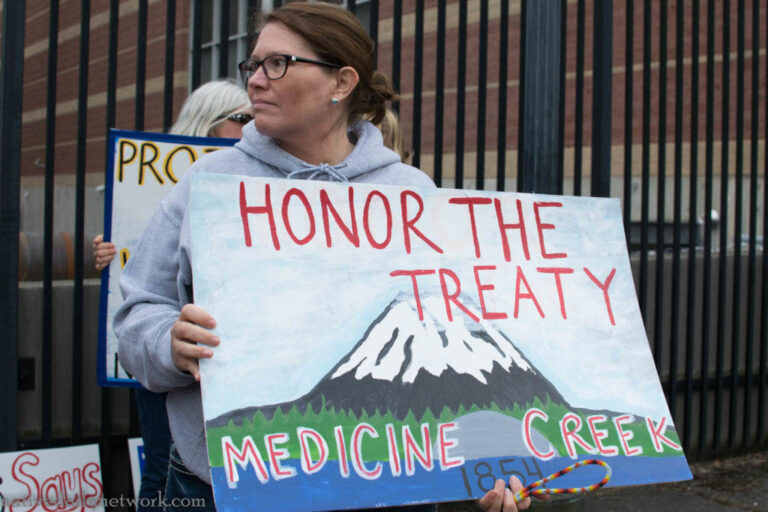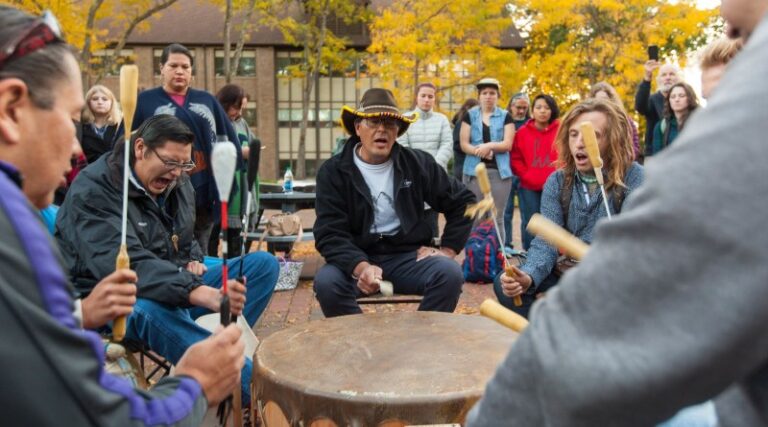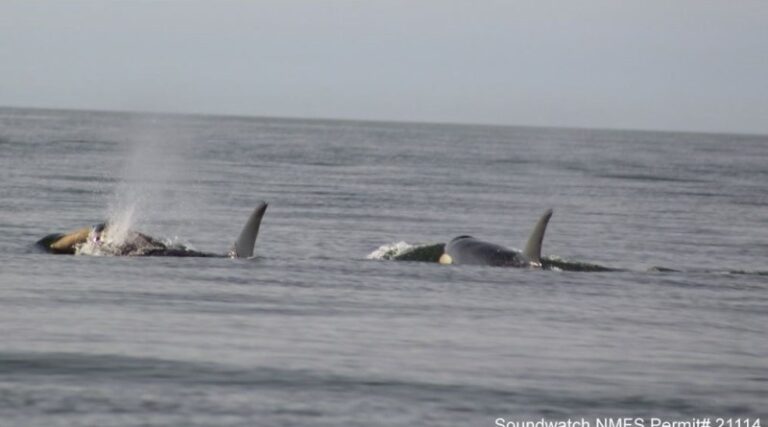Movement Grows, Day Three
by Darren Moore
Wednesday, 27 June, 2017. Tacoma, Washington. As the sun set on the third day of the Water Warrior Movement’s stand against the proposed Liquefied Natural Gas (LNG) facility, the atmosphere was charged with a sense of unstoppable momentum. Dakota Case, a leading figure within this grassroots crusade, aptly declared, “You can’t stop this.”
Unity was the central theme of the evening, resonating deeply not just with those on the ground but also with an expansive virtual audience of over 125,000 online viewers. Their outpouring of prayers, well wishes, and solidarity signaled a palpable, growing hope. The Water Warriors, profoundly grateful for the outreach and global support, felt their voices amplifying.
Dakota recounted an unsettling episode from the previous night—a car, allegedly linked to the pipeline company, swerved dangerously close to him. This experience not only shook him but also raised additional safety concerns, prompting the presence of a tribal police officer to escort the group for the evening. The officer used his squad car as a protective shield and activated its flashing lights to caution oncoming traffic, thereby ensuring the safety of the water protectors.
The Water Warrior Council, a grassroots group, comprises Puyallup tribal members Carolyn DeFord, Sarah Rizer, Patricia Gonzalez, Patricia Conway, and Anna Bean, along with Dakota Case. Their collective wisdom is enriched by the counsel of Ramona Bennett, a luminary in indigenous activism.
The Water Warrior Council, made up of Puyallup tribal members, is a grassroots movement, and all members have an equal say. The movement, they tell us, is open for anyone to take part in any capacity they wish, according to their skills and time. For tribal members, keeping the prayer going, through song and drum, is a duty. They continued deep into the night, highlighting the sacrifices being made by all those involved in this movement.
The struggle against the LNG facility represents more than a local issue; it is a microcosm of broader environmental challenges. This particular facility threatens to violate tribal treaties by pumping fracked gas and processing it for distribution on sacred lands. Beyond this, the environmental risks, such as potential methane leaks, underscore the urgency of the Water Warriors’ mission to safeguard their waters.
As night descended, the Water Warriors remained steadfast, illuminated by the soft glow of police lights, designed not to intimidate but to protect. Here, on their sovereign land, they were inviting others to witness, to partake, but above all, to be respectful. The haunting melodies of prayer songs filled the air, woven into the very fabric of the evening, as if chasing away the shadow of industrial encroachment. It wasn’t just about opposing a pipeline or an LNG facility; it was a continuation of a much longer story—a deeply ingrained struggle that challenges the annals of colonial history. The drumbeats and songs carried a message, one that said: ‘We are still here.’
Additional Information: Link to Ancestral Waters Documentary
First appearing on June 28, 2017, this article is part of an ongoing series documenting the Indigenous-led campaign against the Tacoma LNG facility.
The article has since been edited to remove time-sensitive elements, such as calls to action, in order to serve as an historical and educational resource. You can also explore other related articles and resources on the Ancestral Waters page for a more contextual understanding of the issues and events.
While the full “Ancestral Waters” documentary is available for screenings, we invite you to watch the trailer for a glimpse into the comprehensive story of resiliency and activism told in the film.





